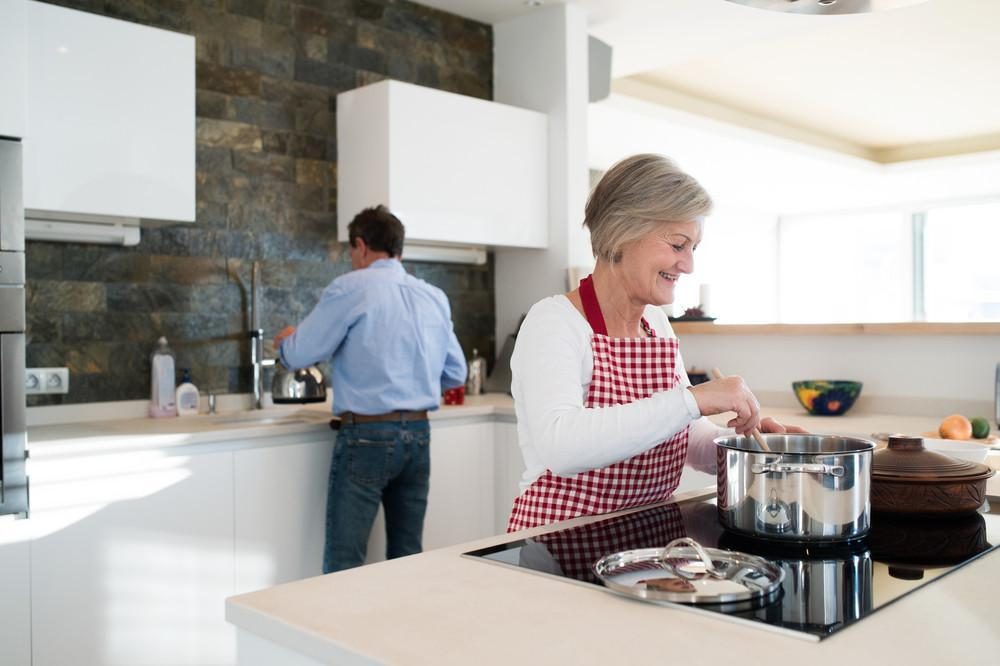Kitchen Cabinets and ROI: Why Color and Design Choices Matter

When it comes to home renovations, kitchen cabinets are a pivotal element that can dramatically influence both aesthetics and property value. With homeowners keen on maximizing their investment, understanding the financial impact of cabinet choices is crucial. According to Flyhomes, upgrading kitchen cabinets can potentially recoup between 80% to 100% of the investment. This impressive range showcases the value of thoughtful design decisions. Homeowners should approach cabinetry with a strategic mindset, seeking both aesthetic appeal and practical financial returns.
The decision to upgrade kitchen cabinets extends beyond mere visual appeal; it reflects a deeper financial strategy. Renovations, particularly in key spaces like the kitchen, offer a significant opportunity for an owner to enhance home value. For instance, selecting durable and timeless materials can ensure that the cabinetry remains attractive and functional over the years. As a focal point in many homes, the kitchen often serves as a hub of both daily life and entertaining, making investments here particularly impactful. Smartly chosen cabinets can thus provide both functional benefits and substantial financial returns.
Color Choices and Their Impact on Home Value
Color is more than just a design element; it plays a crucial role in a home’s perception and resale value. In particular, kitchen cabinets painted in neutral colors are often seen as more inviting and versatile. According to Architectural Digest, white remains one of the most popular choices for kitchen cabinetry. Its popularity can be attributed to its ability to make spaces feel larger and brighter. Choosing the right color can enhance both the look of the kitchen and the broader appeal of the home.
Light colors such as white, grey, and beige are favored not only for their timeless appeal but also for their ability to blend seamlessly with various design styles. This versatility allows homeowners to integrate a wide range of décor elements, from contemporary to traditional. In a market where trends often shift, sticking to classic hues can be a prudent strategy. Neutral-colored cabinets also serve as a blank canvas for personalization, allowing future buyers to envision their own style in the home. With such benefits, color choice emerges as a pivotal component of kitchen cabinet design.
Rentals and Remodeling: Maximizing ROI
For property investors and landlords, kitchen remodels represent a strategic opportunity to enhance rental income. Upgraded kitchens, particularly those featuring high-quality cabinets, can significantly boost a property’s rental appeal and value. According to Azibo, rental property kitchen renovations can yield an average return on investment ranging from 52.5% to 71.2%. This indicates that even partial kitchen remodels can result in substantial financial benefits. Moreover, enhancing the kitchen space is often perceived as a quality improvement, encouraging longer tenancy and reducing turnover.
Strategic upgrades to rental properties’ kitchens can play a critical role in attracting and retaining tenants. With the kitchen being a central and essential part of any home, high-quality and thoughtfully designed improvements can set a property apart from others. Focusing on durability and functionality, alongside aesthetic appeal, can particularly enhance rental properties’ value. Enhanced kitchens often allow landlords to justify higher rents, further boosting investment returns. This balance between upfront costs and long-term gains is pivotal for savvy rental property investors.
An understanding of what tenants value in a kitchen can guide effective remodeling decisions. Prioritizing elements such as double sinks, plentiful storage, and energy-efficient appliances paired with stylish cabinets can heighten the perception of value. Additionally, offering a modern and well-equipped kitchen can foster tenant satisfaction, resulting in a more stable rental income over time. Landlords should view kitchen upgrades not just as a cost but as a strategic capital investment in their property’s future. With the right decisions, rental properties can achieve a compelling balance of aesthetic elegance and financial returns.




